
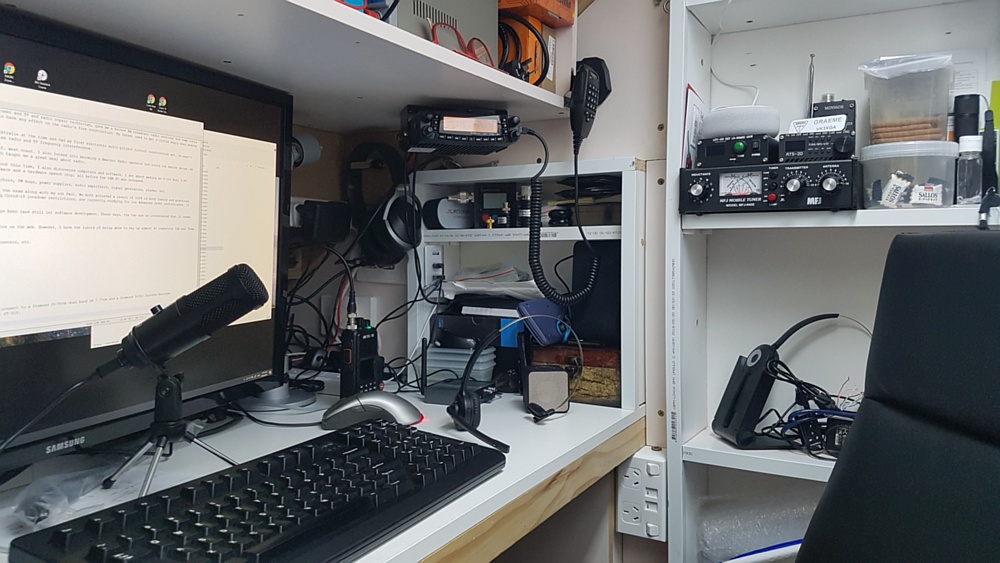
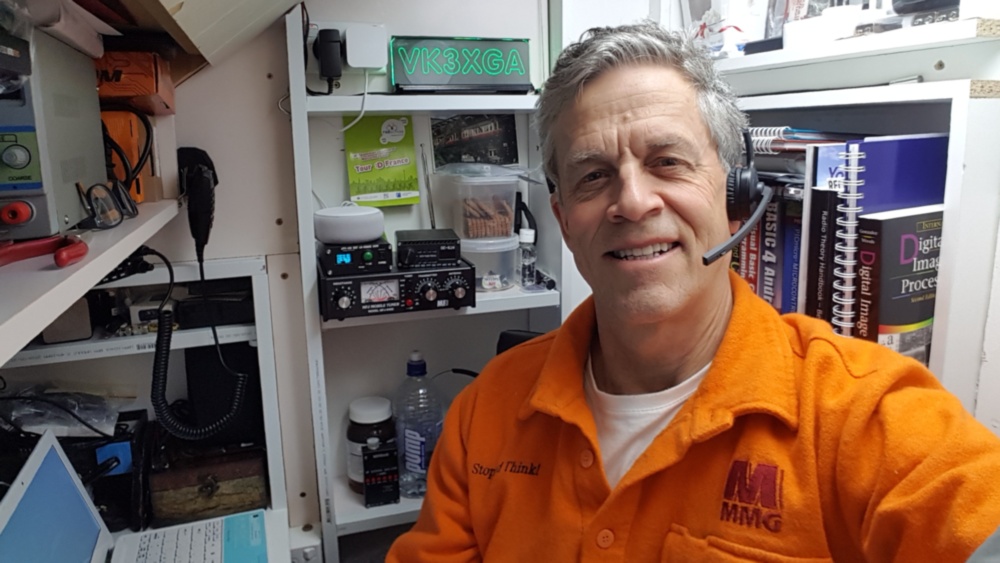
My fascination with radio began in 1963 at the age of five. My father, an electrical engineer and skilled TV and radio repair technician, handed me a broken AM broadcast radio and a set of tools so I could feel “just like him.” Naturally, I picked the hammer—it was the only tool that seemed to have any effect on the delicate components. My father, however, wasn’t thrilled when his lawn mower later discovered RF chokes and transformers hidden in the grass!
| Eleco Model 9, 20-in-1 Educational Electronic kit | |
|---|---|
| For my birthday in 1967, I received an "Eleco Model 9, 20-in-1 Educational Electronic kit". This was my first exposure the electronic breadboarding and I used to create all kinds of noisy gadgets. These early experiments filled the house with loud audio beeps and tones—and occasionally interfered with the family’s radio and TV. By age 10, I was an avid reader of Electronics Australia, the country’s premier electronics magazine at the time. |
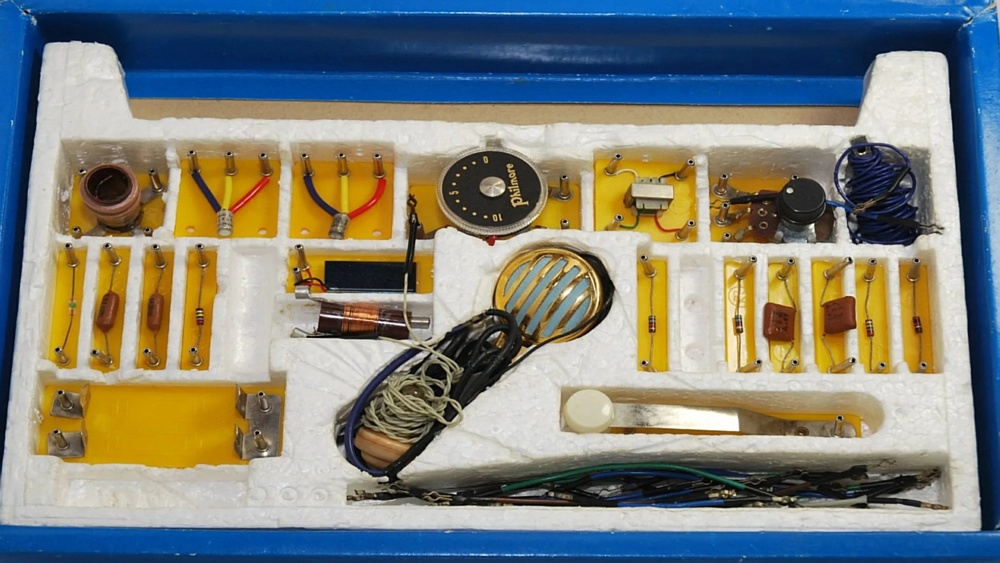
|
| First CB - Tx: 100mW / Rx: Super-regen | |
|---|---|
| I was captivated by the mystery of radio propagation—an enigma to many, even today. In those days, there were no mobile phones or "apps", so radios were truly magical. I vividly recall saving for months to buy my first CB transceiver. Despite its super-regenerative receiver’s limitations, the thrill of making contact with someone miles away was unforgettable. I was hooked for life. |
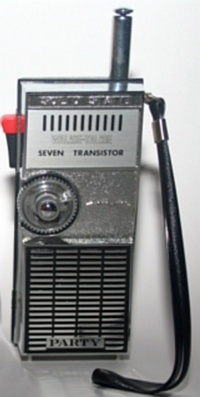
|
| My first home-brew Transceiver | |
|---|---|
| As a teenager in the 1970s, I became an avid shortwave listener and active CB operator. Occasionally, I managed DX contacts with operators on the U.S. West Coast. Although I considered becoming a licensed amateur radio operator, mastering Morse code proved too challenging at the time. Instead, I honed my skills by building valve-based "superhet" and "super-regen" shortwave receivers and transmitters. I also experimented with surplus military MF/HF transceivers, which taught me invaluable lessons about radio technology. |
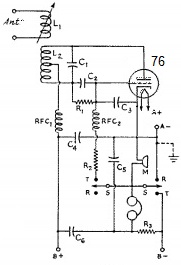
|
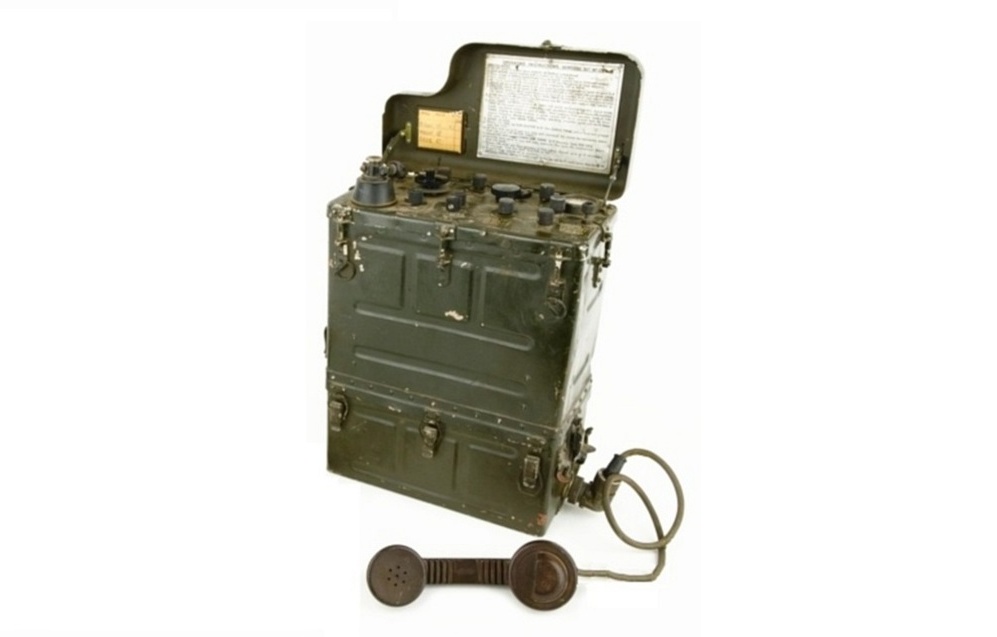
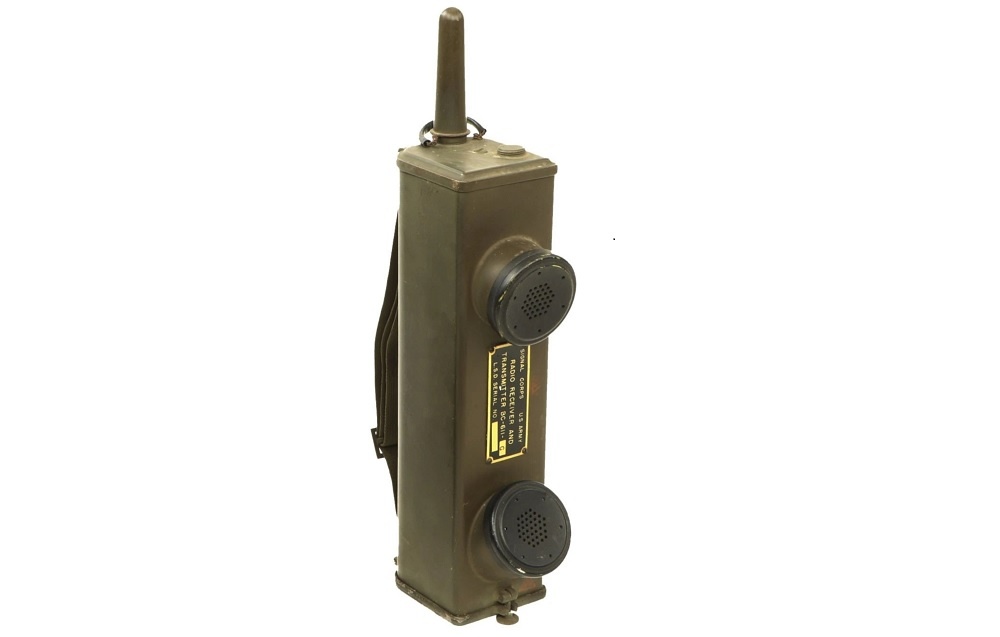
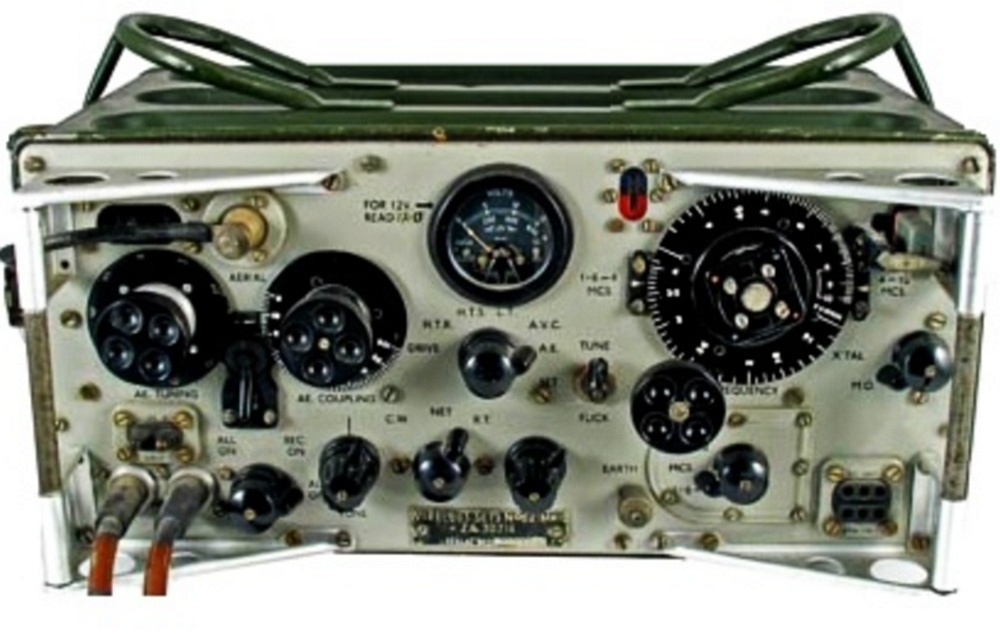
In the late 70's I designed and constructed my own digital eletronic music keyboard. At about this time, I also discovered computers and software. I set about making an S-100 bus, Z-80 computer and had it speaking english using a combination of home grown text-to-speech software and a phoneme speech chip, all before the IBM PC was released.
Over the decades I constructed so many electonic kits; everything from metal detectors, FM bugs, radio receivers, power supplies, audio amplifiers, signal generators, a musical keyboard, alarms, etc.
I even won a first place at the Royal Melbourne Show in 1982 for best farm irrigation invention. The device was made up of CMOS chips and of course, a 27MHz transmitter!
In March 2021, after years of informal experimentation, I finally earned my Amateur Operators Certificate (Foundation) alongside my son Paul. We both scored very well in the theory and practical assessments, thanks to the excellent training from the EMDRC https://www.emdrc.com.au/. Later that year, in October, we passed our Advanced AOCP exams and soon after, I managed to secure the callsign VK3QH.
Where my main hobby has always been radio and electronics, my professional career has always been (and still is) software development. These days, the two are so interelated that it seems like the perfect combination.
My radio gear is quite modest when compared to some of the station setups I have seen via photos on the web. However, I have the luxury of being able to access more than 40 repeaters (10m, 6m, 2m and 70cm) using only low power from my home by the beach in Chelsea which is about 30km SSE of Melbourne, Victoria, Australia.
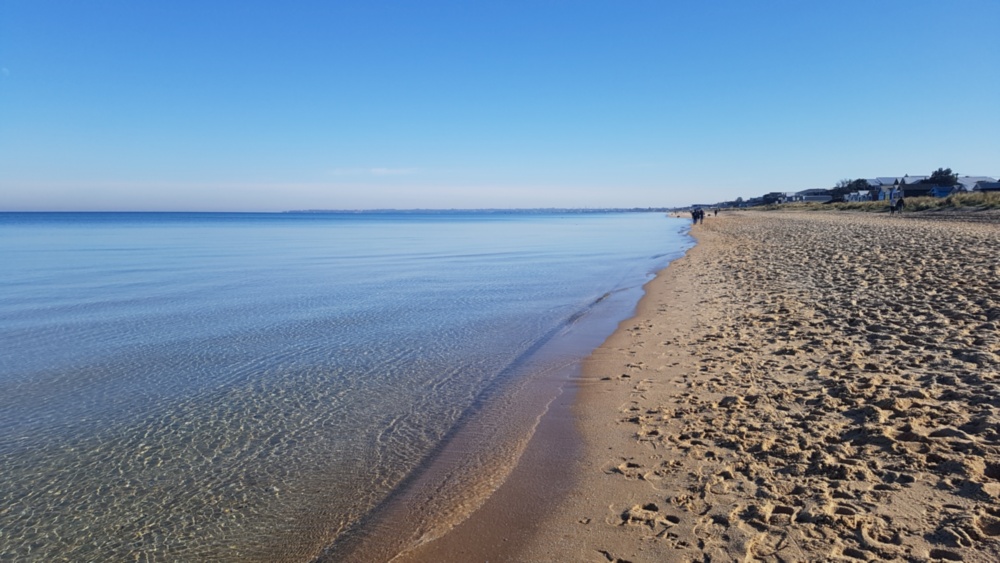
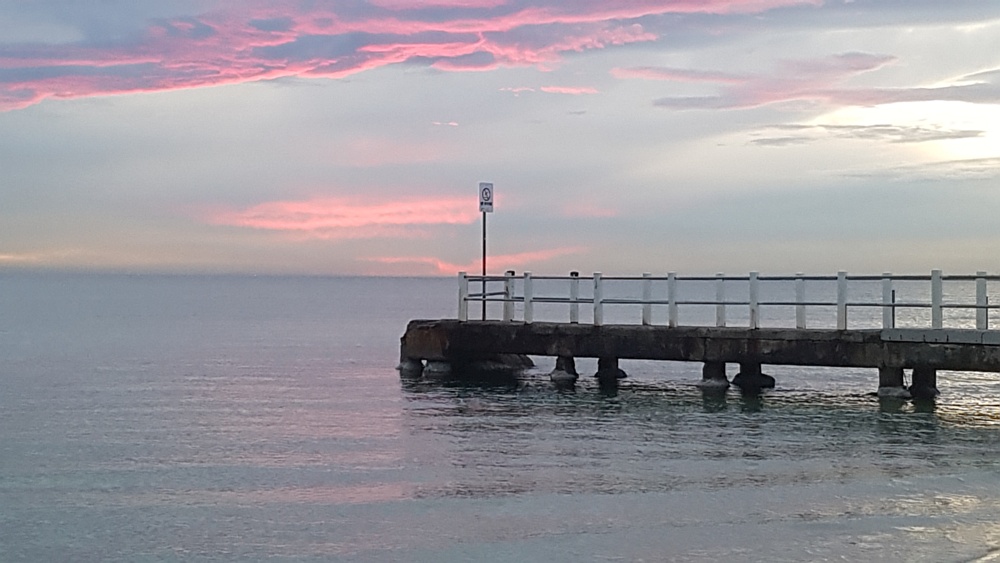
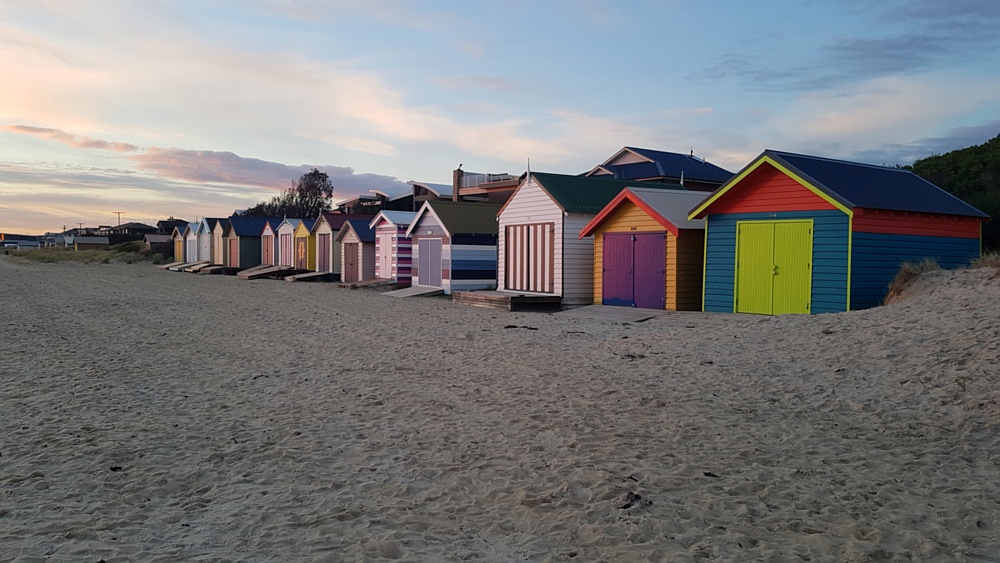
I have an assortment of modern antenna analyzers / tuners, SWR / power meters, frequency counters, SDRs, an SM1000 for Digital voice over HF, etc.
My radios consist of the following:
Yaesu FT-891 for base / portable usually on 40m to 6m
Yaesu FT-897D for base operation on 80m to 70cm
Yaesu FT-818 ND for QRP base / portable operation mostly on 40m to 10m and 2m SSB
I use an MX-P50M HF power amplifier with the FT-818 just to get a few more Watts out.
Yaesu FT-8900R for base / mobile FM operation on 10m / 6m / 2m / 70cm
Leixen VV-898 25W mobile for FM operation on 2m / 70cm
Retevis RT3S portable DMR and FM on 2m / 70cm
ALINCO DJ-G7T portable 2m / 70cm / 23cm
I have many other 'cheap' radios branded as Baofeng, Puxing, WLN, HamGeek and have managed to program them all using software running on Win-10. If you need help with programming software, just send me an email.
73, Graeme VK3XGA (aka VK3QH)
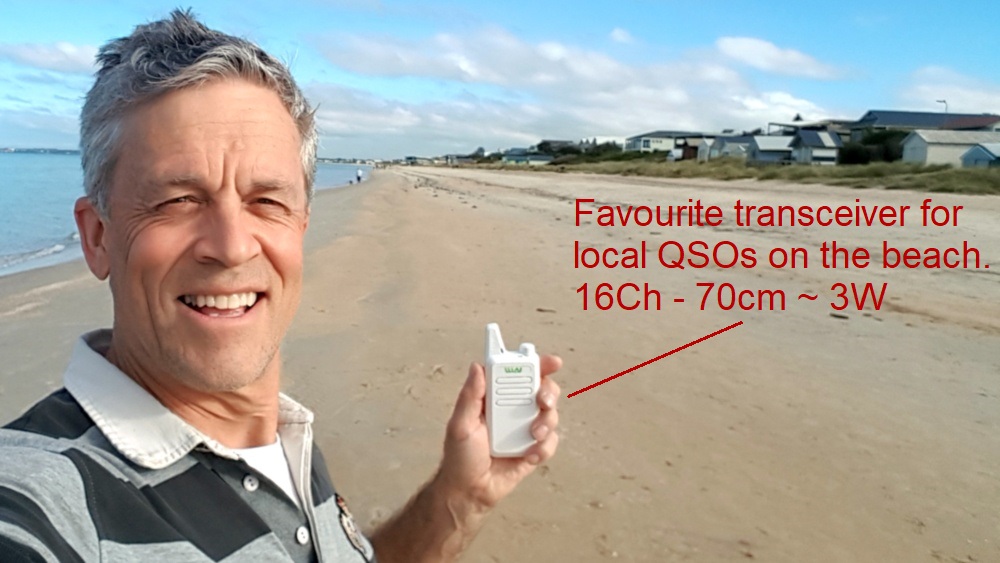
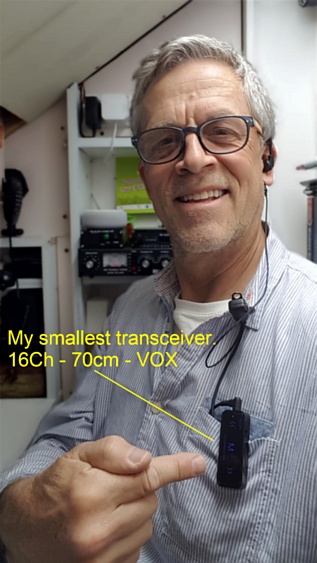
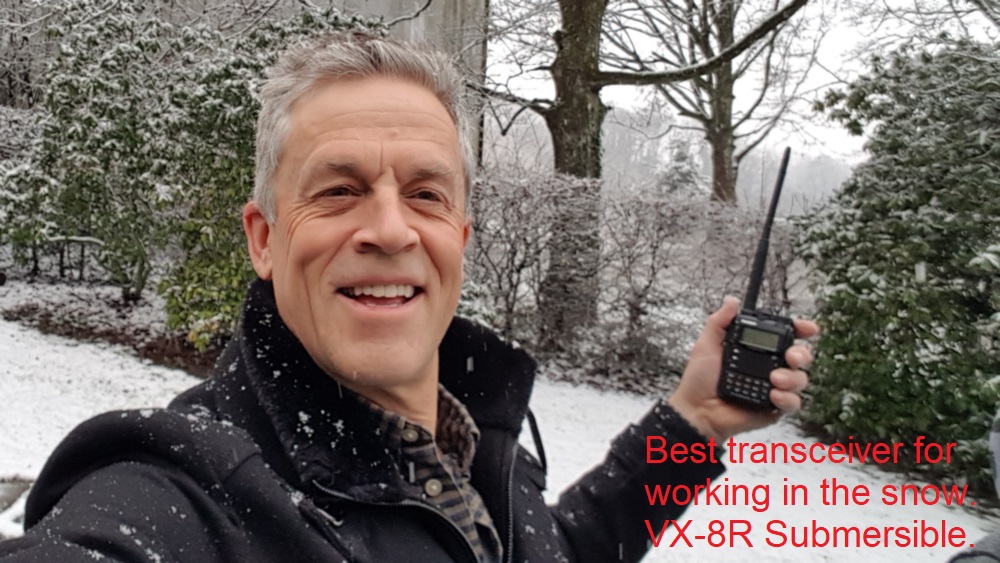
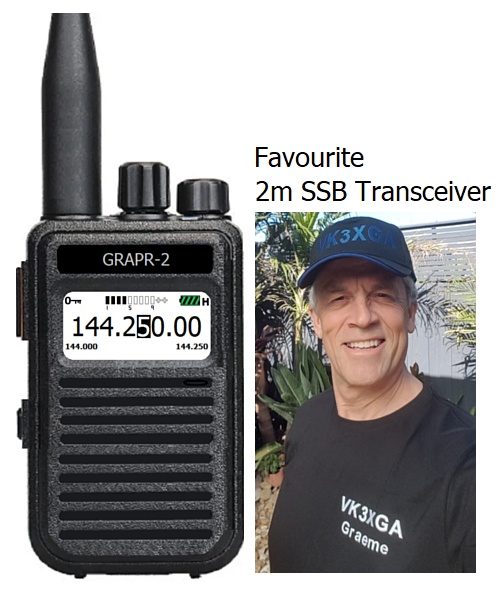
Free Software
_____________________________________________________
Here are a few Windows software applications I've been working on.
| ContactM8-AR Logbook | Two Tone Oscillator | DMR+ Alert and Monitor program |
|---|---|---|
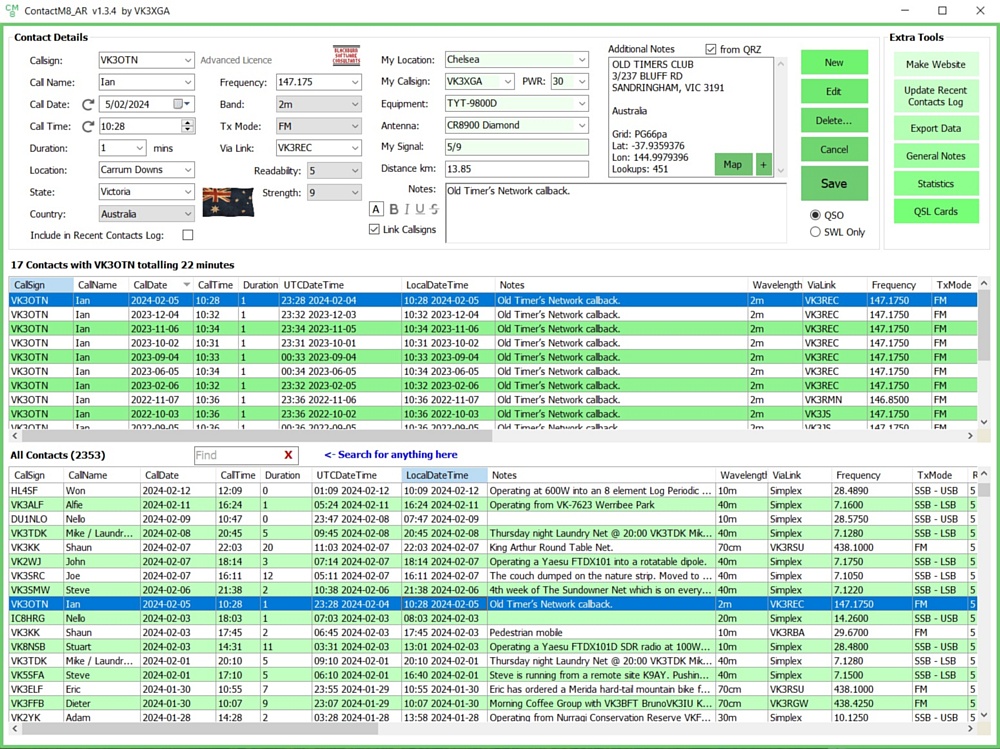
|

|
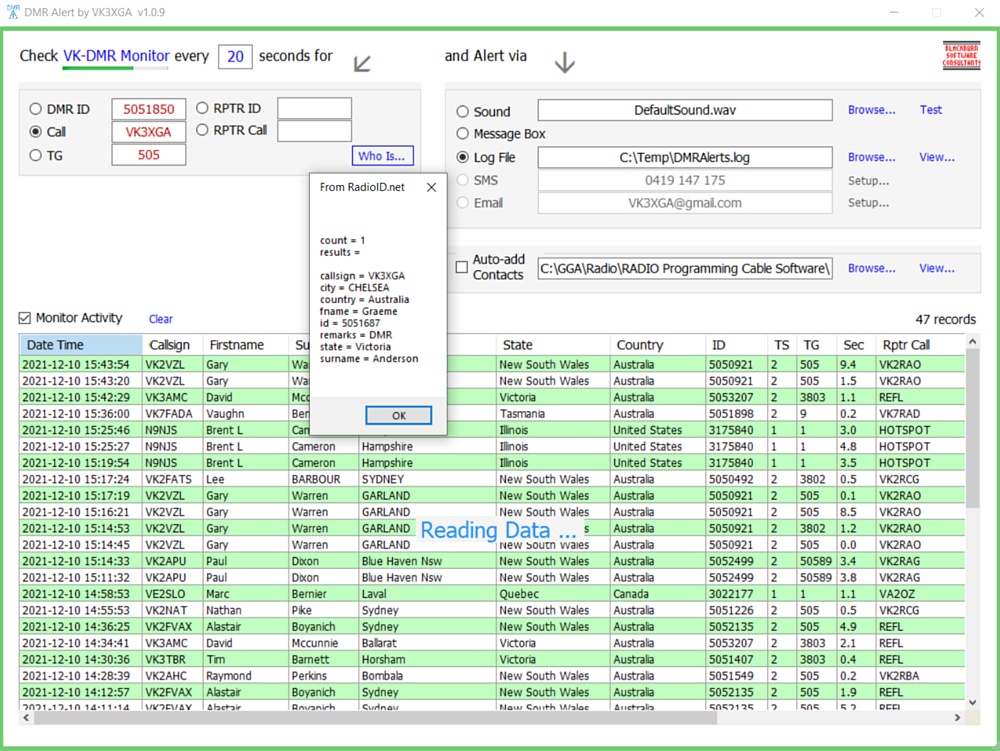
|
| Download ContactM8-AR program | Download Two Tone Oscillator program | Download DMRAlerts program |
Regarding the ContactM8-AR program: I know there are many Amateur Radio logbook software applications out there but, as a software developer, I just had to write one more. This one was designed to satisfy my basic contact logging requirements but anyone is free to download and use it as they wish.
Constructive feedback and problem reports are welcome and I will always (try to) respond. Also, please revisit regularly to check for later versions as these are works in progress.
Visitors: